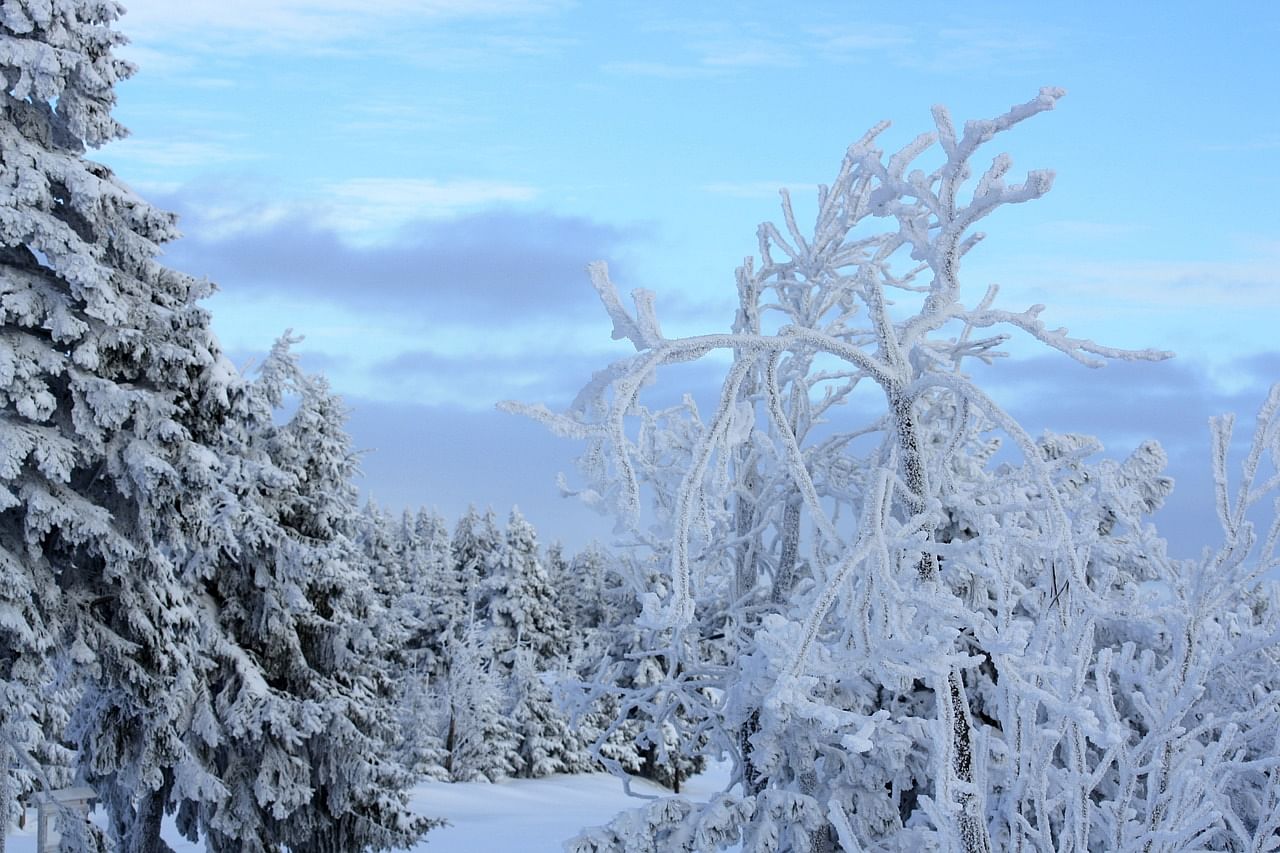
The last ice age which lasted until 11,700 years ago may be best known for killing off three-fourths of large animals on the planet but new research suggests that it was also responsible for doubling India’s monsoon rainfall.
The study, by scientists at the Divecha Centre for Climate Change (DCCC) in the Indian Institute of Science (IISc) used speleothem (mineral deposits in caves) data to indirectly measure rainfall in bygone epochs. “The ratio of heavy to light isotopes of oxygen in these deposits is an indirect measure of rainfall in the past,” explained Professor Arindam Chakraborty of DCCC, one of the authors of the study.
The data showed monsoon rainfall over the Indian subcontinent was low during the peak of the last ice age about 21,000 years ago. By employing an ocean-atmosphere model developed by the US National Centre for Atmospheric Research, the scientists discovered that the Indian summer monsoon rainfall increased from around 3.3 mm per day around 22,000 years ago to 6.6 mm per day 14,000 years ago and then decreased to 6 mm per day in the 20th century.
Greenhouse gas (GHG) concentrations were much lower at the peak of the ice age, 21,000 years ago. However, when glacial melt began, GHG concentrations increased which began to influence the monsoon said Professor J Srinivasan, who co-authored the study.
Changes in rainfall occur when the amount of solar radiation in an area changes. Since the amount of solar radiation over India remained constant, nearly 6%, between 22,000 years ago and 10,000 years ago, the IISc scientists said they used a model to “unravel” the factors impacting monsoon rainfall. “The implications are that the Indian subcontinent can see an increased monsoon intensity in the course of the next 100 years,” Professor Srinivasan said.
“Using this model we have shown for the first time the role of water vapour and clouds in amplifying the effect of solar radiation on monsoon rainfall. The concentration of carbon dioxide in the atmosphere increased from 180 ppm to 280 ppm over the last 22,000 years. This caused an increase in water vapour during this period. Due to human activities, CO2 has increased by about 100 ppm in the last 100 years. It will increase further in the near future,” the authors wrote.